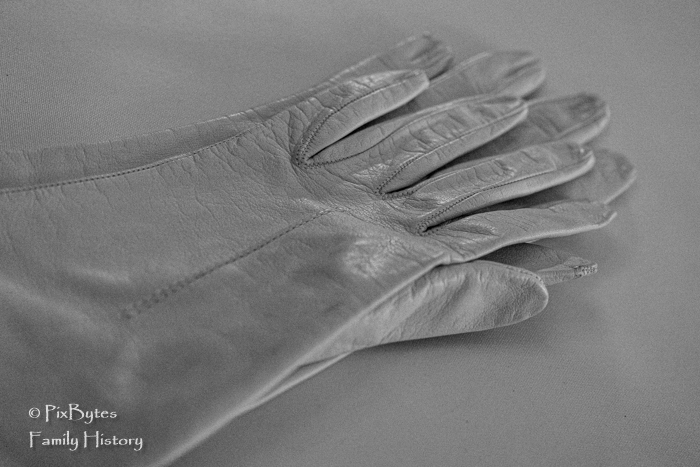During my family history research, I have come across quite a few people employed as glove makers, living in the Gloucestershire village of Redmarley d’Abitot and surrounding villages, on the border with Herefordshire and Worcestershire.
The occupation is also described on the census returns as gloving, glover or gloveress. Although gloveress is generally given to female glove makers, sometimes the term ‘glover’ is given to a more experienced female glove maker, as well as their male counterparts.
For many years, Worcester was the centre of the glove making industry in Britain. At its peak, between 1790 and 1820, there were around 300 manufacturers in Worcester employing 30,000 people, both in the town and in the surrounding villages.

The men would be employed in the factory, preparing the skins, dying and cutting them to size. Whilst the women would have been working in their own cottages assembling the leather pieces.
Worcester was famous for producing fine, delicate gloves. A former Rector of Redmarley recalled how one manufacturer, Dent and Allcroft, would send their agent to the Rose and Crown public house in Redmarley, twice a week to collect the finished gloves and deliver the next batch of cut leather pieces for the home-based gloveresses to stitch together by hand. The women were on piece work (paid a rate for each unit they made). They received a pittance for long hours, in poor conditions.
Gradually the home-based glove making work dried up, as more efficient sewing machines took over in the factories.

Comments are closed